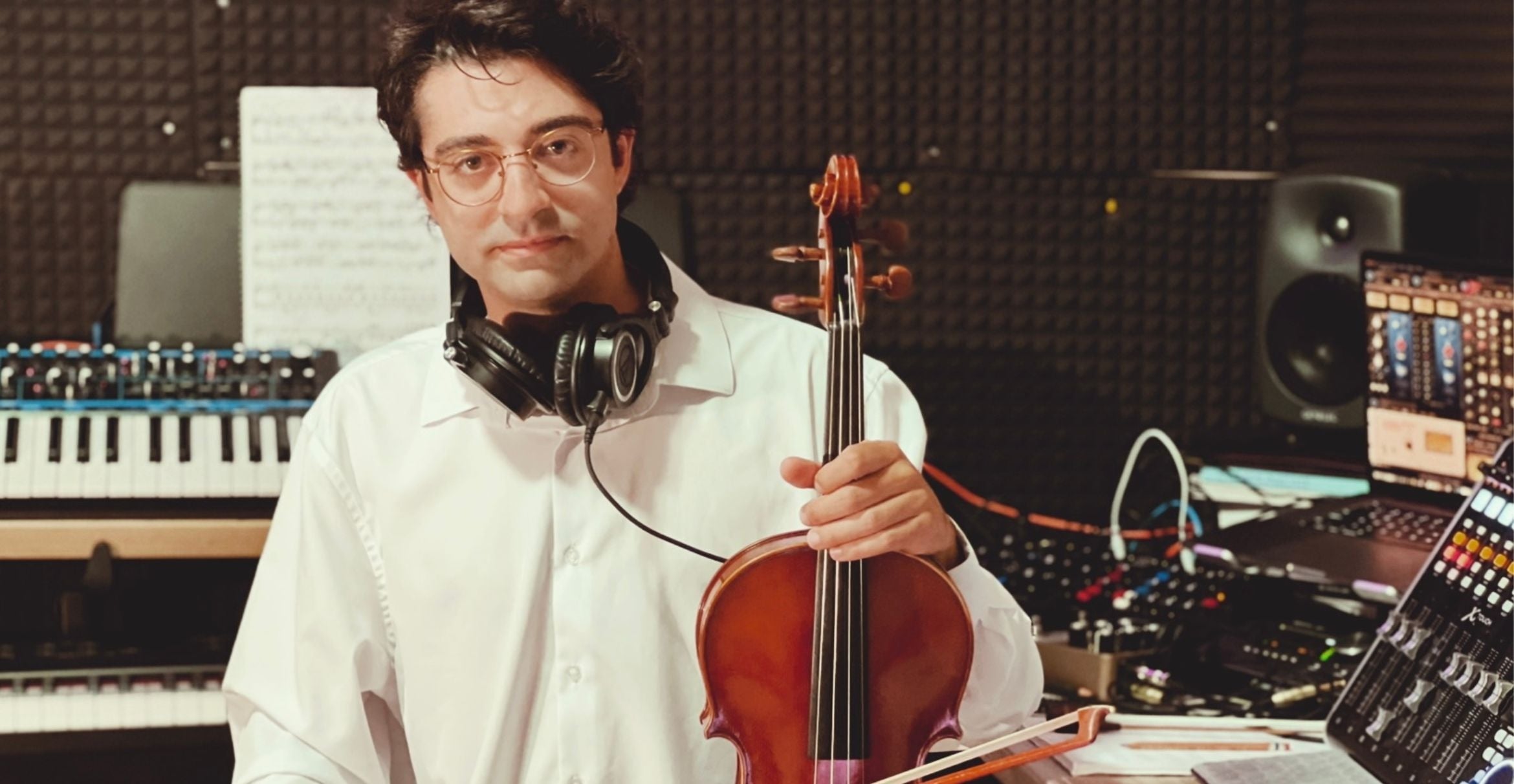Screen Gems


At first glance, it sounds a little crazy: Put students who may or may not have any experience with film production in a summer class and have them develop and produce a 10-minute environmental documentary. In nine weeks.
Welcome to Blue Horizons, UC Santa Barbara’s annual program that turns students into documentary filmmakers. Now in its 11th year, the intense dive into film production culminates in the screening of films created by three teams of students Aug. 25 at 7 p.m. at the Pollock Theater. The event is free and open to the public. Register to attend at the Carsey-Wolf Center website.
“Time is definitely the biggest challenge that these guys have,” said Michael Hanrahan, who co-founded Blue Horizons with Constance Penley, professor and vice chair of film and media studies, and Steve Gaines, dean of the Bren School of Environmental Science & Management. “Approximately half the class doesn’t have any production experience. So with that in mind and the fact that it takes them roughly three weeks before they figure out their topic, these students have six weeks to make a 10-minute documentary film that we put on the giant, beautiful screen in the Pollock Theater, which puts that much more pressure on them. So yeah, this is a real pressure-cooker class.”
Plotting a Course
To squeeze the most out of the limited time, the program is built on three classes structured to move the students along in a way that gives them the knowledge and skills to produce a quality documentary. One class, which lasts three weeks, focuses on developing a topic. It’s taught by Kristi Birney, a staff member in the Bren School who has extensive experience in environmental issues.
The nine-week second class, storytelling, is led by Richard Hutton, an adjunct professor in the film and media studies department. Before coming to campus he was a Hollywood stalwart with decades of experience developing and producing documentaries and feature films for Vulcan Productions. Hanrahan, who directs Earth Media Lab and is a longtime marine documentarian, teaches production for the program’s full nine weeks. The program also brings in a number of industry specialists and graduate students to share their expertise.
With small classes — this year’s program has 15 students — Blue Horizons is intimate and hands-on. “You get the individual attention that you might not get somewhere else,” said Stephanie Foster, a third-year film and media studies major whose team will make a documentary exploring the rise in numbers of great white sharks off the California coast. “You have experts that have worked at National Geographic and BBC giving you personal attention and then helping you with your story line, helping you develop a piece. I’ve never had that experience before.”
Lights, Camera, Education
Although roughly half the students are film and media studies majors, few have much experience with the tools of the trade: cameras, lighting, sound and editing gear, Hanrahan noted.
“That’s one of the crazy things about the program,” he said. “We take students, many of whom haven’t had a still photography class, let alone anything about video, and we teach them how to use them professional-quality gear, stuff that Discovery Channel and National Geographic are using for their programming. Initially it’s rough and they’re really stressed, but I’ll tell you by the fifth and sixth weeks, they’re starting to hit their stride, and the films really show it.”
In addition to the documentary on great white sharks, the Pollock Theater screening will feature films on the recent Whittier fire and beach access in California. In past years, Blue Horizons films have also been screened at the Santa Barbara International Film Festival.
For many students, Blue Horizons serves as a way to give voice to issues about which they are passionate. “For me, Blue Horizons is a chance to expose a general, uninformed audience to a broader issue, like sharks,” said Foster, who is a member of the Isla Vista chapter of the Surfrider Foundation. “They might not realize why it’s a good thing to have more of them here, because it means their populations are finally coming back.”
Noah Goodman, a fourth-year film and media studies major who is part Foster’s team, said the program served complementary purposes. “I came into this very interested in getting more production experience,” he said. “The environment is very important to me and protecting the world is important to my personal values, so I think it’s a positive for the program.”
A Collaborative Inspiration
That’s just what Penley hoped for when she co-founded the program. “Blue Horizons emerged from the Carsey-Wolf Center’s Environmental Media Initiative, a major part of its programming that brings together environmental scientists with film and media scholars — drawn from the humanities, arts, and social sciences — to collaborate on teaching, research and public programming.
“I am especially gratified,” she continued, “that Blue Horizons has been so successful in creating crews of student filmmaker-scientists to communicate ocean and California issues to peers, the public and policymakers that it has inspired the GreenScreen program in film and media studies during the regular academic year and the Strategic Environmental Communication and Media focus for the Bren School. What else might Blue Horizons inspire!”
Blue Horizons is supported by the UCSB Summer Sessions, the Department of Film and Media Studies and the Marine Sciences Institute.



